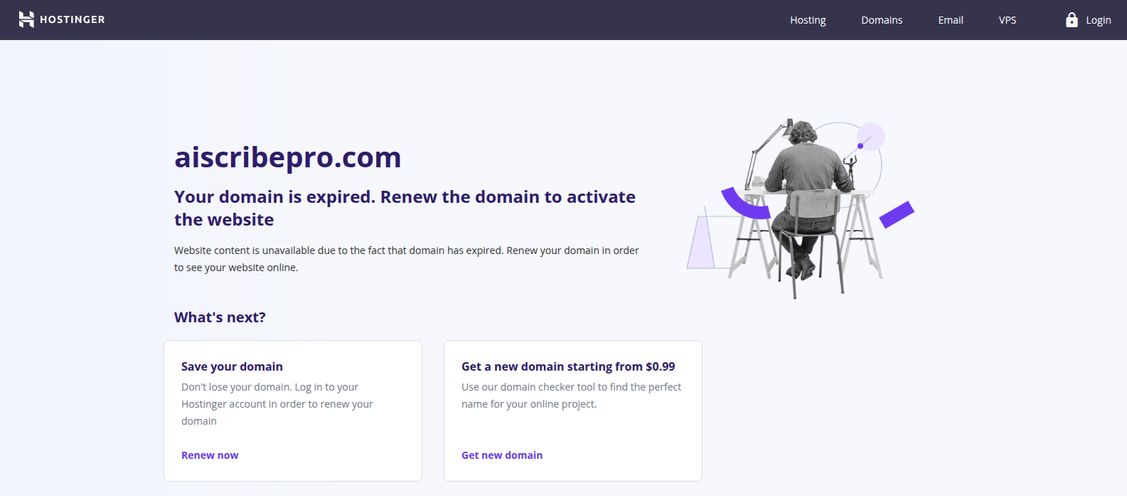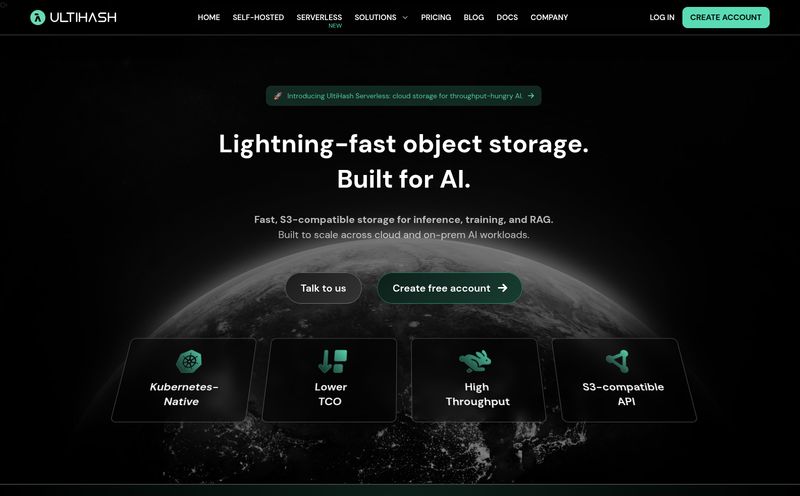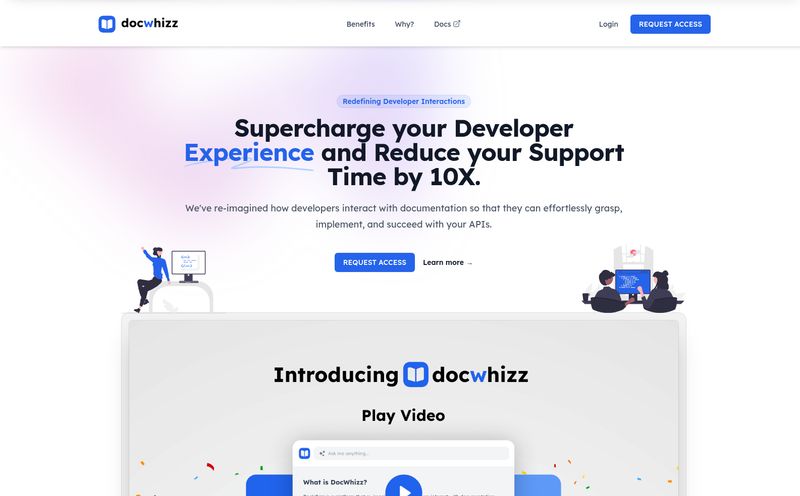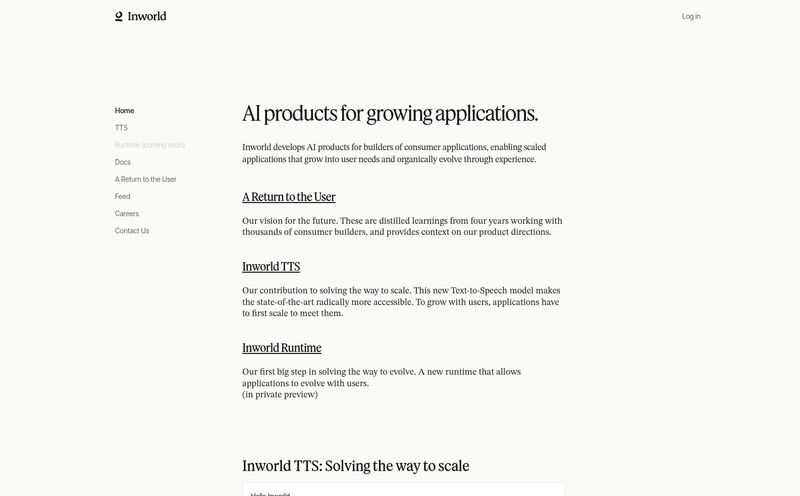It’s 2 AM. The pager goes off. Again. A critical service is down, customers are screaming on social media, and your evening just turned into an all-night, caffeine-fueled bug hunt. Sound familiar? If you've been in the software game for more than a few months, you’ve probably lived this nightmare. We've all been there, staring at dashboards, sifting through mountains of logs, and trying to pinpoint the one tiny change that brought the whole system to its knees.
For years, we've been sold this beautiful dream of “shifting left,” a utopian development paradise where bugs are caught in the cradle, long before they have the chance to grow into production-mauling monsters. But let's be honest, it's mostly been talk. The tooling has often felt clunky, lagging behind the ambition. Until now, maybe. I’ve been playing around with a tool called Digma, and it’s one of the first things I’ve seen that feels like it might actually deliver on that promise. And it does it in a way that feels… well, different.
So, What Exactly is Digma? (And Why Should You Care?)
Alright, let's cut through the marketing fluff. Digma bills itself as an “Agentic AI SRE” platform that provides Continuous Feedback. What that means in plain English is that Digma watches how your code behaves as you’re developing it and gives you real-time insights right inside your IDE. Think of it less like a stern code linter that just checks for syntax, and more like a seasoned senior engineer peering over your shoulder, gently pointing out, “Hey, that function you just wrote? It’s making a ton of database calls. You might wanna look at that.”
It’s built on the idea of preventing problems, not just reacting to them. By analyzing runtime data from your local environment, it can spot potential performance bottlenecks, scalability issues, and even complex regressions before you ever merge that pull request. It’s a subtle but powerful shift in perspective.
The “Shift Left” Dream vs. The Gritty Reality
We all want to catch issues early. It's cheaper, less stressful, and just plain better engineering. But traditional Application Performance Monitoring (APM) tools like Datadog or New Relic are fantastic for production, but they're the last line of defense. They tell you the house is on fire. Digma is trying to be the fire inspector who points out the faulty wiring while you're still building the house.
The problem has always been getting that production-level insight into the development loop without slowing everything down. That’s the nut Digma is trying to crack. By integrating directly into the dev process and using runtime data, it's providing context that static analysis tools simply can't. It's not just looking at the code; it's looking at what the code does.
My Favorite Digma Features (The Good Stuff)
I’m a practical person. Cool theories are nice, but I care about what a tool can actually do for me day-to-day. Here’s what stood out.
Dynamic Code Analysis on Autopilot
This is the core of it all. Most tools we use pre-commit are static. They read the code and check for patterns. Digma is different because its analysis is dynamic. It’s like the difference between reading a recipe and actually tasting the soup as it simmers. Digma uses OpenTelemetry (more on that later) to gather data as your application runs on your machine. This means it can catch things like N+1 query problems, slow API endpoints, and other performance gremlins that look perfectly fine on paper.
Preventing Fires, Not Just Fighting Them
This is where I got really excited. Digma can analyze a pull request and tell you exactly what user-facing endpoints and system components your changes might affect. I once spent a whole weekend tracking down a bug that was caused by a seemingly harmless change in a shared library. A tool that could have flagged that for the PR reviewer and said, “Warning: this change impacts these 5 critical services,” would have saved my sanity. That's the goal here. It's about reducing the “unknown unknowns” in every deployment.
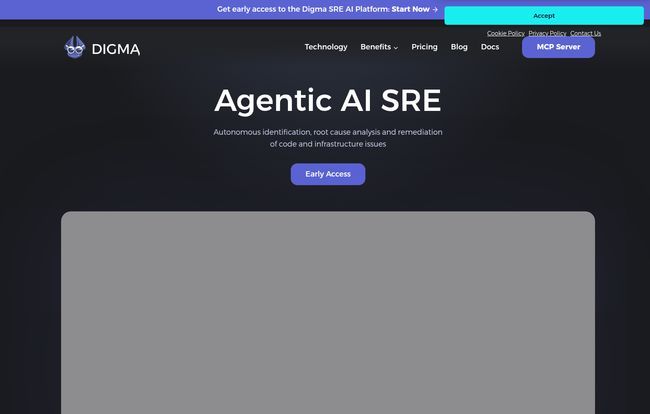
Visit Digma AI
Making Your AI Coder Actually Smarter
The new “Digma MCP Server” concept is fascinating. We all use tools like GitHub Copilot, but they have a blind spot: they don’t know how your code actually performs at runtime. Digma aims to feed its performance insights and runtime context to these AI coding assistants. Imagine your AI partner not just writing code, but writing performant code from the get-go because it has a deeper understanding of your system's behavior. That’s a game-changer.
Let’s Talk Turkey: Digma's Pricing
Okay, this is often the sticking point. A cool tool is only cool if you can afford it. And this is where Digma made a very, very smart move.
Here’s the breakdown as I see it:
- Free for Developers: This isn't a trial. It’s a Free Forever plan for individual developers. It runs locally on your machine, gives you unlimited insights, and lets you work on as many services as you want. For personal projects or just trying it out, there's literally no barrier to entry. This is a huge win.
- Digma for Teams: This one is for, well, teams. It’s priced at $450/month and comes with a 30-day free trial. The big difference is you get a central environment (on-prem or private cloud), so the whole team can share insights. You also get more advanced analytics. This makes sense for professional teams who need that collaborative layer.
- Digma MCP Server: This is the new, shiny thing marked as “Coming Soon.” It’s for larger enterprises that want to power up their AI agents with Digma's runtime context. This is the enterprise-level play.
Honestly, the free forever tier is brilliant. It lets the community adopt it, fall in love with it, and then bring it to their bosses. It's a classic bottoms-up adoption strategy, and I'm here for it.
"I love the business model of Digma. Free forever to developers, and able to have an enterprise version to share information externally. I can be more productive." - Bruno Souza, as seen on Digma's site. I have to agree with Bruno here.
The Catch? Digma's Limitations and Considerations
No tool is perfect. It's important to go in with your eyes open. Here's my take on the trade-offs.
It’s a Partner, Not a Replacement
Let's be crystal clear: Digma is not an APM replacement. You're still gonna need your production monitoring stack. Digma is a complementary tool focused on the pre-production part of the software development lifecycle (SDLC). It’s designed to work with your existing observability tools, not throw them out.
The OpenTelemetry Prerequisite
Digma needs data to work its magic, and that data comes from OpenTelemetry (OTel). If your organization is already on the OTel train, you’re golden. If not, you'll need to instrument your applications with it first. I see this less as a con and more as a nudge in the right direction, since OTel is rapidly becoming the industry standard for observability. But it is a prerequisite, so be aware of it.
A Bit of Setup Required
This isn’t a one-click browser extension. You need to install the Digma plugin in your IDE (VS Code and JetBrains are supported) and get it connected to your local environment. It's not a monumental task, but it’s not zero-effort either. You'll need to invest a little time to get it integrated into your workflow.
Frequently Asked Questions about Digma
I had a bunch of questions myself, and here are some of the most common ones I've seen pop up.
How is Digma different from an APM?
Think of it as pre-production vs. post-production. APMs (like Datadog, New Relic) are for monitoring live applications in production. Digma is a developer tool used during development in your IDE to catch performance and runtime issues before they ever get to production.
Is Digma really free?
Yes, the plan for individual developers is Free Forever. It runs locally and offers a ton of power. The paid “Digma for Teams” plan is for organizations that need a shared, centralized environment and more advanced collaboration features.
Does Digma change my actual code?
No. Digma is an observability tool. It analyzes your code and its runtime behavior, but it does not modify your source code. It only provides insights and feedback.
What data does Digma use?
It relies on runtime data collected via the OpenTelemetry standard. This includes traces, metrics, and logs generated by your application as it runs in your local development environment.
Is Digma a static or dynamic analysis tool?
It's primarily a dynamic analysis tool. While it integrates with the static code in your IDE, its unique power comes from analyzing how that code behaves when it's actually running.
My Final Verdict: Is Digma the Real Deal?
I'm a natural skeptic when it comes to new dev tools. I've seen too many 'silver bullets' turn out to be duds. But I have to say, Digma has my attention. It’s not trying to boil the ocean or replace your entire stack. It has a clear, focused mission: use runtime analysis to give developers continuous feedback so they can build better, more performant software.
It's one of the most practical, developer-first implementations of the “shift left” philosophy I’ve ever seen. The fact that you can get started for free makes it a complete no-brainer to try. It might not prevent every single production fire, but if it can help me avoid even one of those 2 AM wake-up calls, it’s already paid for itself. It gives me a little bit of hope for a future with more coding and less firefighting.
